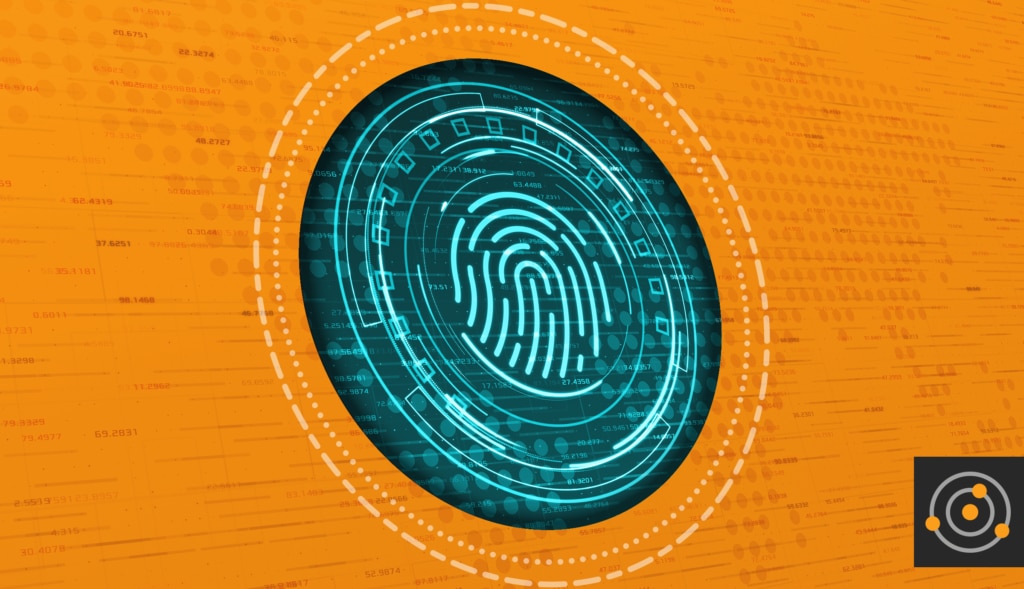Over five million people work in the U.K. public sector, representing over 16% of all people in paid work, according to
government figures. And mobile working is a reality of daily life for many of us. A report from Deloitte revealed of the 32.3 million people in work in the U.K., the majority
(51%) spend some time away from a fixed location in the course of their work. Add to this the impact of
flexible working, which is most common in the public sector, and we find ourselves living in a culture where the option to be a mobile worker is key.
Major
technology developments are also broadening the ability of people to work remotely using their mobile devices. Take the arrival of 5G in the U.K., for example, which will have a major impact and deliver wireless connectivity up to 100 times faster than any previous network technology. Already, BT, O2, 3, Vodafone, and VOXI have launched 5G services.
Juggling Priorities in the Public Sector
The monitoring, management, and security of all the hardware and software used to deliver remote working has become more complex as the number and variety of devices and access points has increased. Balancing ease of use with security is important, and while cybersecurity is the main priority, end users want their mobile and remote-working technologies to integrate effectively and perform well. In the end, they want to get their jobs done, and technology should be an enabler, not a frustrating barrier.
Top Tips to Keep Employees Moving Forward
Among the various ways to balance ease of use with security is to use virtual desktops, a popular and mature technology providing
remote access to users as if they were sitting at their office desk.
Another approach is to implement a Virtual Private Network (VPN) with profiling, which allows users to access network resources with their own device and use their own applications. This is easier than it used to be, since most tasks are based on web applications, and a browser is all we need.
Looking at the security of mobile and remote devices further, when a user is in the office, it’s easier to deploy security policies against their device, so they can securely use the network in line with IT security policies.
Modern
endpoint protection has progressed to the stage where agents can now contact an organization’s
security management systems, which can be located either on-prem or in a cloud, to get its policies and definitions. This version of protection allows organizations to provide maximum security to users when on-site or working remotely.
The public and private sectors share many of the same challenges in enabling today’s mobile workforce, and the technology-led pace of change across all sectors will increase pressure on employers to deliver the mobility that’s become such a feature of the modern workplace. But moving with the times has been a consistent feature of public sector employment habits over the years, and mobile working can offer another way to balance productivity, efficiency, and a
work/life balance.
Find the full article on Open Access Government. 




